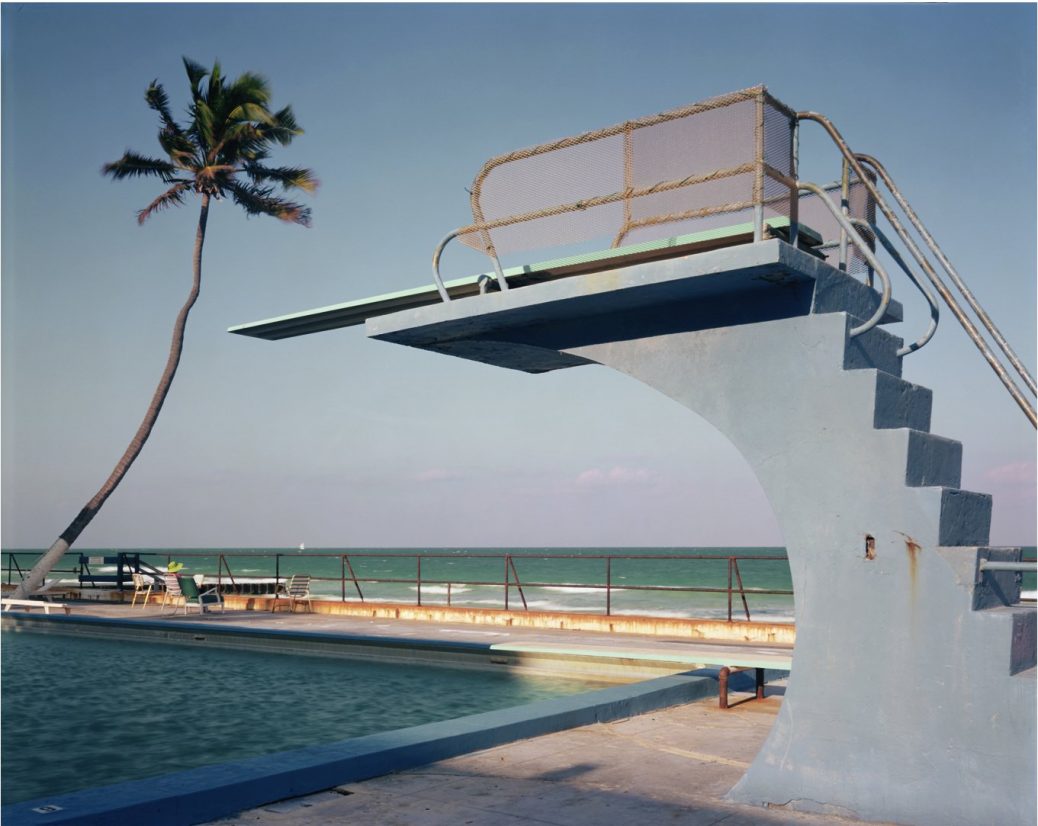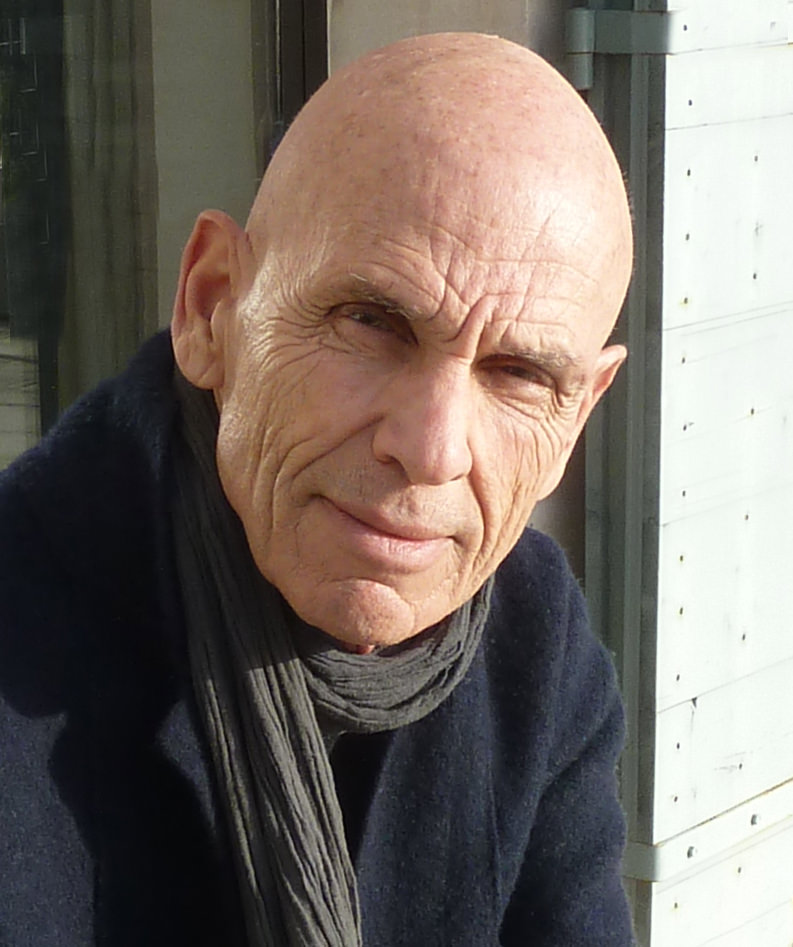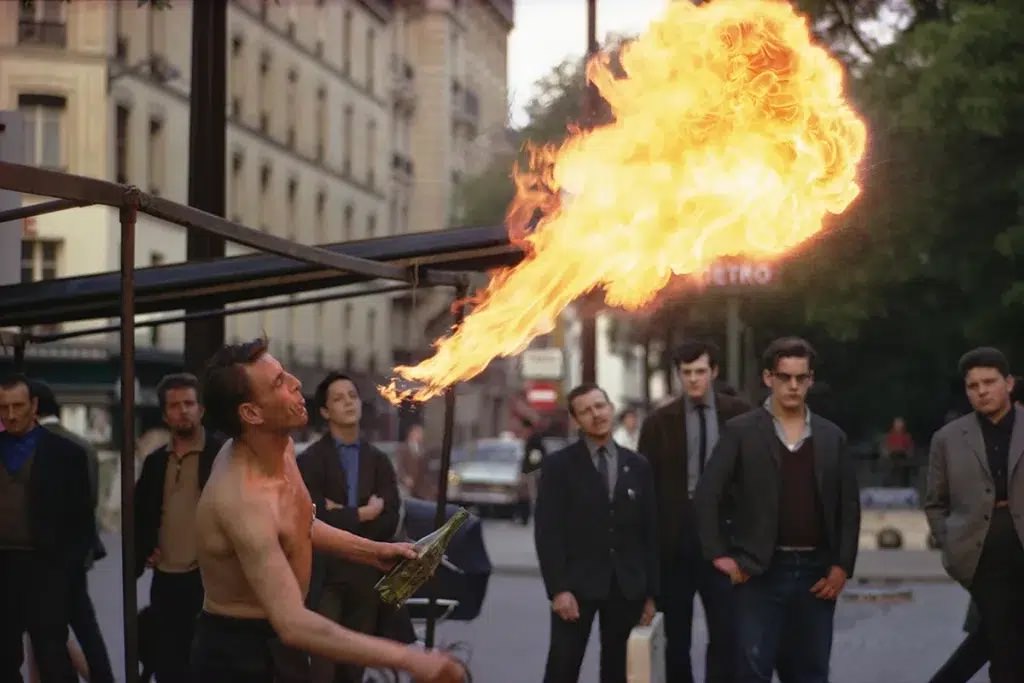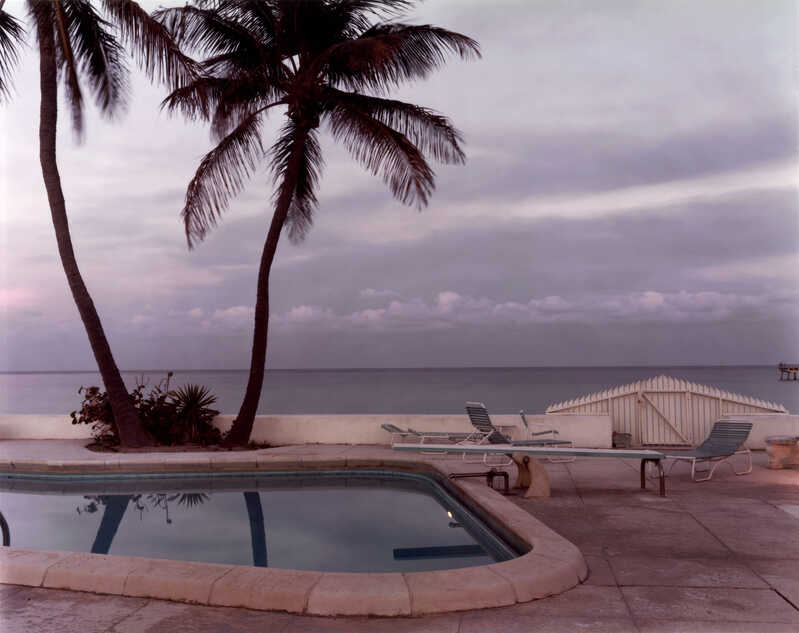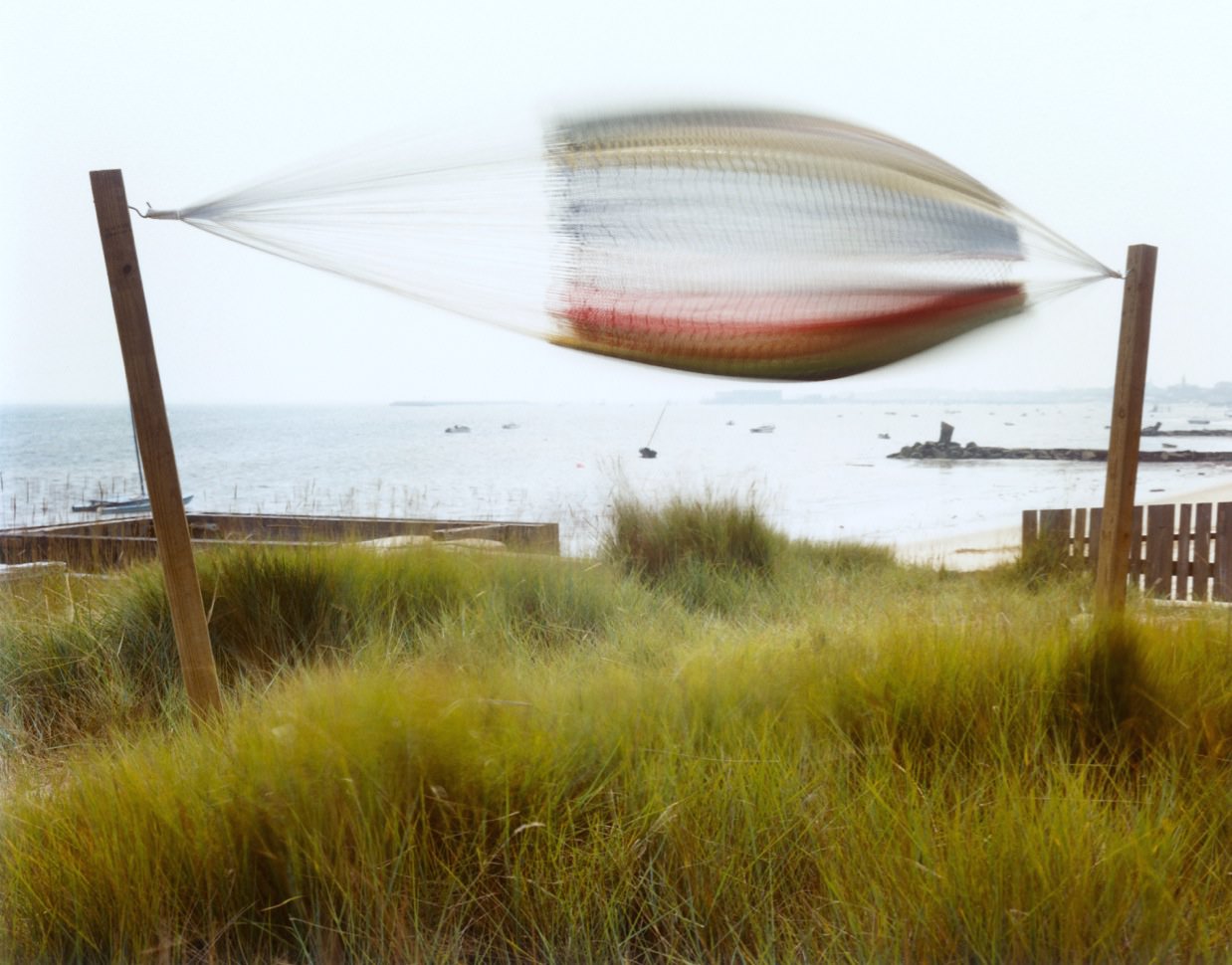Joel Meyerowitz: Temporal Aspects
In 1962, Joel Meyerowitz made a pivotal decision that would define his life: he became a photographer. His instant commitment suited his new tool—the camera—perfectly. With its ability to capture time and space in a split second, photography became the means through which Meyerowitz could freeze fleeting moments into enduring images.
This exhibition celebrates NSU Art Museum Fort Lauderdale’s deepening engagement with photography, marking its recent acquisition of more than 1,800 works from Meyerowitz’s archive. A trailblazer in color photography, Meyerowitz embraced the medium as early as 1962, helping to pave the way for its eventual critical recognition. His artistry is evident not only in the rich, sensory experience of his color images, but also in the sharp visual insight and human nuance of his black-and-white work.
At the heart of Meyerowitz’s legacy is his exceptional talent for choosing the exact instant when a scene resolves into something complete—when movement, expression, and light align into what Henri Cartier-Bresson famously called “the decisive moment.”
Meyerowitz’s work first gained formal recognition in 1964, when John Szarkowski, then Director of Photography at MoMA, included the 25-year-old in the landmark exhibition The Photographer’s Eye. Sharing space with masters like Eugène Atget, Henri Cartier-Bresson, and Robert Frank—whom Meyerowitz counted among his influences—his work appeared in the section titled “Time Exposure,” reflecting his unique ability to work with time as a compositional element.
Nearly six decades later, Joel Meyerowitz: Temporal Aspects explores that same mastery of time. Organized chronologically and thematically, the exhibition offers an evolving portrait of Meyerowitz’s approach to capturing life in motion. As viewers move through the decades of his career, they are invited to trace the gradual transformation of his visual language, and to reflect on how photography continually redefines what we understand as “now.”
In the words of John Szarkowski:
“[A photograph] always describes the present. Uniquely in the history of pictures, a photograph describes only the time in which it was made. Photography alludes to the past and future only in so far as they exist in the present—the past through its surviving relics, the future through prophecy visible in the present.”
This exhibition also considers time from another angle: through a selection of work prints that reveal the lifespan of the photographic print itself. These rarely seen materials show how the medium evolves and degrades—how certain colors fade, others persist, and how period-specific materials like Kodak resin-coated paper bear the logos and traits of their time. Viewers are also offered an intimate glimpse into Meyerowitz’s working process, with prints annotated by the artist and multiple versions of the same image on display, tracing his pursuit of the ideal print.
Curated by Bonnie Clearwater, Director and Chief Curator of NSU Art Museum Fort Lauderdale, and Ariella Wolens, Bryant-Taylor Curator.
About the Author
Born in the Bronx in 1938, Joel Meyerowitz grew up in a neighborhood that offered daily exposure to the comedy and drama of city life—an immersive education in human behavior that would become the foundation of his photographic practice. This early experience honed his instinct for observation, a trait that remains at the core of his work.
After studying painting, art history, and medical illustration at Ohio State University, Meyerowitz began his career as an art director in advertising during the early 1960s. A turning point came in 1962, when he collaborated with the legendary Robert Frank, who was photographing a booklet Meyerowitz had designed. Watching Frank move freely as he shot—capturing scenes in motion—was a revelation. It revealed to Meyerowitz that photography didn’t have to be static; it could be alive, spontaneous, reactive. Inspired, he quit his job on the spot, borrowed a camera, and stepped out onto the streets of New York City. He never looked back.
From the beginning, Meyerowitz gravitated toward color film, unaware that, at the time, black and white was considered the only legitimate artistic mode in photography. Early on, he met British graphic designer Tony Ray-Jones, who also embraced color as an intuitive and expressive tool. That same year, Meyerowitz encountered Garry Winogrand. The two became close friends and collaborators, walking and photographing together daily along Fifth Avenue for nearly five years.
Though rooted in the tradition of street photography shaped by Henri Cartier-Bresson and Robert Frank, Meyerowitz’s work marked a significant evolution of the genre. His bold use of color—initially unconventional—eventually helped reshape perceptions of the medium. He was one of the first to advocate for color photography as a serious artistic form, and his contributions were instrumental in shifting the field toward broader acceptance. His seminal book Cape Light (1978) is now a cornerstone of color photography, with over 200,000 copies sold. To date, Meyerowitz has published 54 books.
Throughout his career, Meyerowitz has refused to be limited by a single approach. “Street photography,” he has said, “was the only branch of the medium that owed nothing to painting or the other plastic arts. It is purely photographic.” That clarity of vision, combined with a restless curiosity, has allowed him to explore a wide range of subjects and styles.
His varied body of work includes: A Question of Color (Tate Modern, 2024); Photographs From a Moving Car (MoMA, 1968); the Guggenheim-funded series Still Going: America During Vietnam; and his celebrated large-format projects made with an 8×10 view camera, such as Cape Light (1978), St. Louis and The Arch (1980), A Summer’s Day (1985), Redheads (1991), Bay/Sky (1993), and Aftermath: The World Trade Center Archive (2006).
Meyerowitz has received awards from both the National Endowment for the Arts and the National Endowment for the Humanities. He was the only photographer granted unrestricted access to Ground Zero following the September 11 attacks—a project that led to his selection as the U.S. representative at the 2002 Venice Biennale of Architecture.
His work is held in the permanent collections of major institutions including The Metropolitan Museum of Art, The Museum of Modern Art, The Whitney Museum of American Art, Tate Modern, The Victoria and Albert Museum, the Museum of Fine Arts Boston, The Art Institute of Chicago, the Centre Pompidou, the Rijksmuseum, the Stedelijk Museum, and others around the world.
Joel Meyerowitz currently lives and works between London and New York.
Joel Meyerowitz: Temporal Aspects
through August 17, 2025
NSU Art Museum, Fort Lauderdale, USA
More info:

